 W
WAlthiburos was an ancient Berber, Carthaginian, and Roman settlement in what is now the Dahmani Delegation of the Kef Governorate of Tunisia. During the reign of emperor Hadrian, it became a municipality with Italian rights. It was the seat of a Christian bishop from the 4th to 7th centuries. The settlement was destroyed during the Muslim invasions and the area's population center moved to Ebba Ksour on the plain. This left Althiburos's ruins largely intact; they were rediscovered by travelers in the 18th century.
 W
WAncient Carthage was a city in modern Tunisia, and also the name given to the city-state and empire it eventually gained. The settlement was founded by the Phoenicians in the ninth century BC and the city-state was destroyed by the Romans in 146 BC, though they later rebuilt the city lavishly. At its height in the fourth century BC, the city-state was one of the largest metropolis in the world, and the centre of the Carthaginian Empire, a major power in the ancient world that dominated the western Mediterranean.
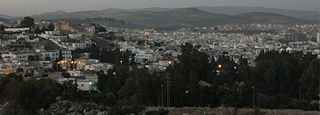 W
WBéja is a city in Tunisia. It is the capital of the Béja Governorate. It is located 105 kilometers (65 mi) from Tunis, between the Medjerdah River and the Mediterranean, against the foothills of the Khroumire, the town of Béja is situated on the sides of Djebel Acheb, facing the greening meadows, its white terraces and red roofs dominated by the imposing ruins of the old Roman fortress.
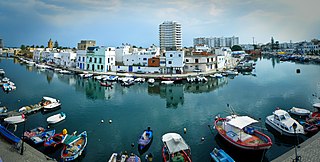 W
WBizerte or Bizerta the classical Hippo, is a town of Bizerte Governorate in Tunisia. It is the northernmost city in Africa, located 65 km (40mil) north of the capital Tunis. It is one of the oldest known settlements in Tunisia, having been founded by settlers from the Phoenician port of Sidon around 1100 BC. It is also known as the last town to remain under French control after the rest of the country won its independence from France. The city had 142,966 inhabitants in 2014.
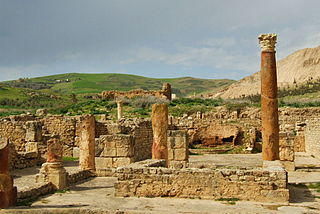 W
WBulla Regia was a Berber, Punic, and Roman town near present-day Jendouba, Tunisia. Its surviving ruins and archaeological site are noted for their Hadrianic-era semi-subterranean housing, a protection from the fierce heat and effects of the sun. Many of the mosaic floors have been left in place; others may be seen at the Bardo Museum in Tunis. There is also a small museum connected with the site.
 W
WCarthage was an ancient city in modern Tunisia.
 W
WHadrumetum, also known by many variant spellings and names, was a Phoenician colony that pre-dated Carthage. It subsequently became one of the most important cities in Roman Africa before Vandal, Byzantine, and Umayyad conquerors left it ruined. In the early modern period, it was the village of Hammeim, now part of Sousse, Tunisia.
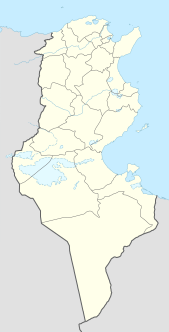 W
WKelibia (Kélibia), often referred to as Klibia or Gallipia by European writers, is a coastal town on the Cap Bon peninsula, Nabeul Governorate in the far north-eastern part of Tunisia. Its sand beaches are considered some of the finest in the Mediterranean.
 W
WKerkouane or Kerkuane is the site of an ancient Punic city in north-eastern Tunisia, near Cape Bon. Kerkouane was one of the most important Punic cities, with Carthage, Hadrumetum, and Utica. This Phoenician city was probably abandoned during the First Punic War and was not rebuilt by the Romans. It had existed for almost 400 years.
 W
WLeptis or Lepcis Parva was a Phoenician colony and Carthaginian and Roman port on Africa's Mediterranean coast, just south of the modern city of Monastir, Tunisia. In antiquity, it was one of the wealthiest cities in the region.
 W
WMeninx is a Tunisian archaeological site located on the southeastern coast of the island of Djerba, near the present city of Henchir El Kantara. It stretches 2 kilometers (1.2 mi) long and 800 meters (2,600 ft) wide, some of which has probably been submerged by the sea. The theater is at 33.688° N, 10.925° E.
 W
WOunga, also known as Younga and Jounga, is an archaeological site on the Mediterranean coast of Tunisia, located 45 km (28 mi) south of Sfax along the Mediterranean coast. The area is also known for its oil fields.
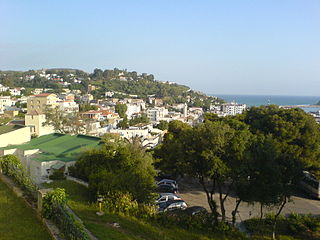 W
WTabarka is a coastal town located in north-western Tunisia, close to the border with Algeria. Tabarka's history is a mosaic of Berber, Punic, Hellenistic, Roman, Arabic, Genoese and Turkish culture. The town is dominated by an offshore rock on which there remains a Genoese castle. Nationalist leader Habib Bourguiba, later president of post-independence Tunisia, was exiled on Tabarka by the French colonial authorities in 1952. Tourist attractions include coral fishing, the Coralis Festival of underwater photography, and its annual jazz festival.
 W
WThapsus, also known as Tampsus and as Thapsus Minor to distinguish it from Thapsus in Sicily, was a Carthaginian and Roman port near present-day Bekalta, Tunisia.
 W
WThenae or Thenai, also written Thaena and Thaenae, was a Carthaginian and Roman town located in or near Thyna, now a suburb of Sfax on the Mediterranean coast of southeastern Tunisia.
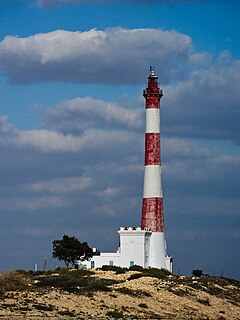 W
WThyna, formerly Henchir-Tina, is a town and commune in the Sfax Governorate, Tunisia. As of 2004 it had a population of 26,635. It is located on the coast about 12 km (7 mi) south of Sfax.
 W
WUtica was an ancient Phoenician and Carthaginian city located near the outflow of the Medjerda River into the Mediterranean, between Carthage in the south and Hippo Diarrhytus in the north. It is traditionally considered to be the first colony to have been founded by the Phoenicians in North Africa. After Carthage's loss to Rome in the Punic Wars, Utica was an important Roman colony for seven centuries.
 W
WZama, also known as Xama, in what is now Tunisia is best known for its connection with what is called the Battle of Zama, in which, on 19 October 202 BC, Scipio Africanus defeated Hannibal, ending the Second Punic War with victory for the Roman Republic, and breaking the power of Ancient Carthage.